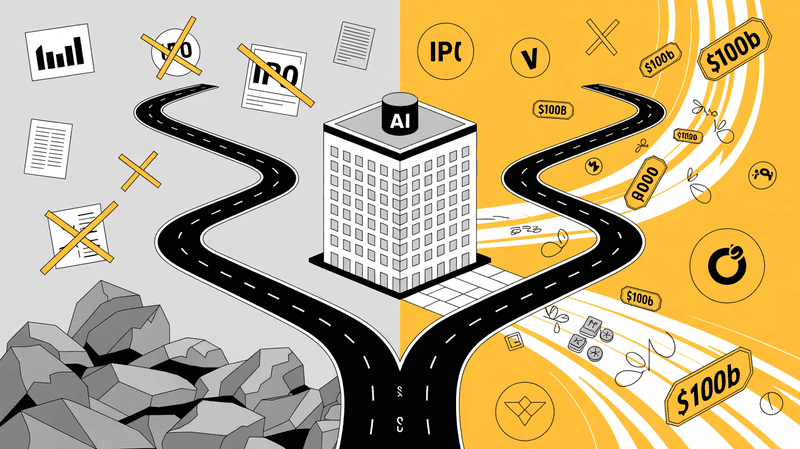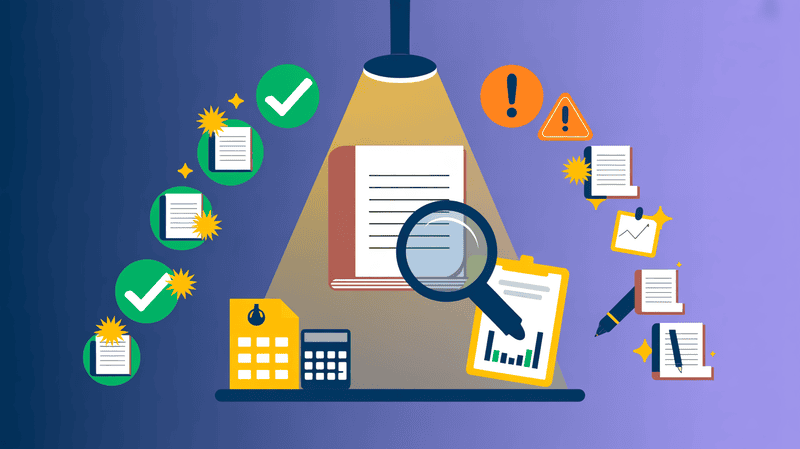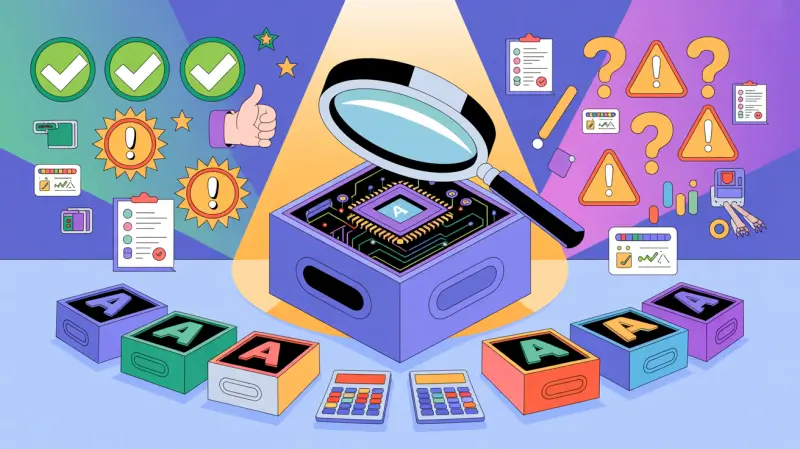On July 23, 2025, President Trump signed executive orders that could completely change how artificial intelligence works in America. These new rules mark the biggest shift in AI policy since the technology became mainstream, moving away from safety-focused approaches to an aggressive growth strategy.
The orders introduce something called "anti-woke AI" requirements that will force major tech companies to change how their AI systems work. Companies like OpenAI, Google, and Anthropic now face tough choices about their government contracts worth hundreds of millions of dollars.
But this goes far beyond just changing AI responses. Trump's comprehensive AI Action Plan targets China directly, promises massive infrastructure projects, and could reshape the entire global AI landscape. Some companies might benefit greatly from these changes, while others could lose everything.
Let's get into it.
What Is Trump's New AI Order All About?
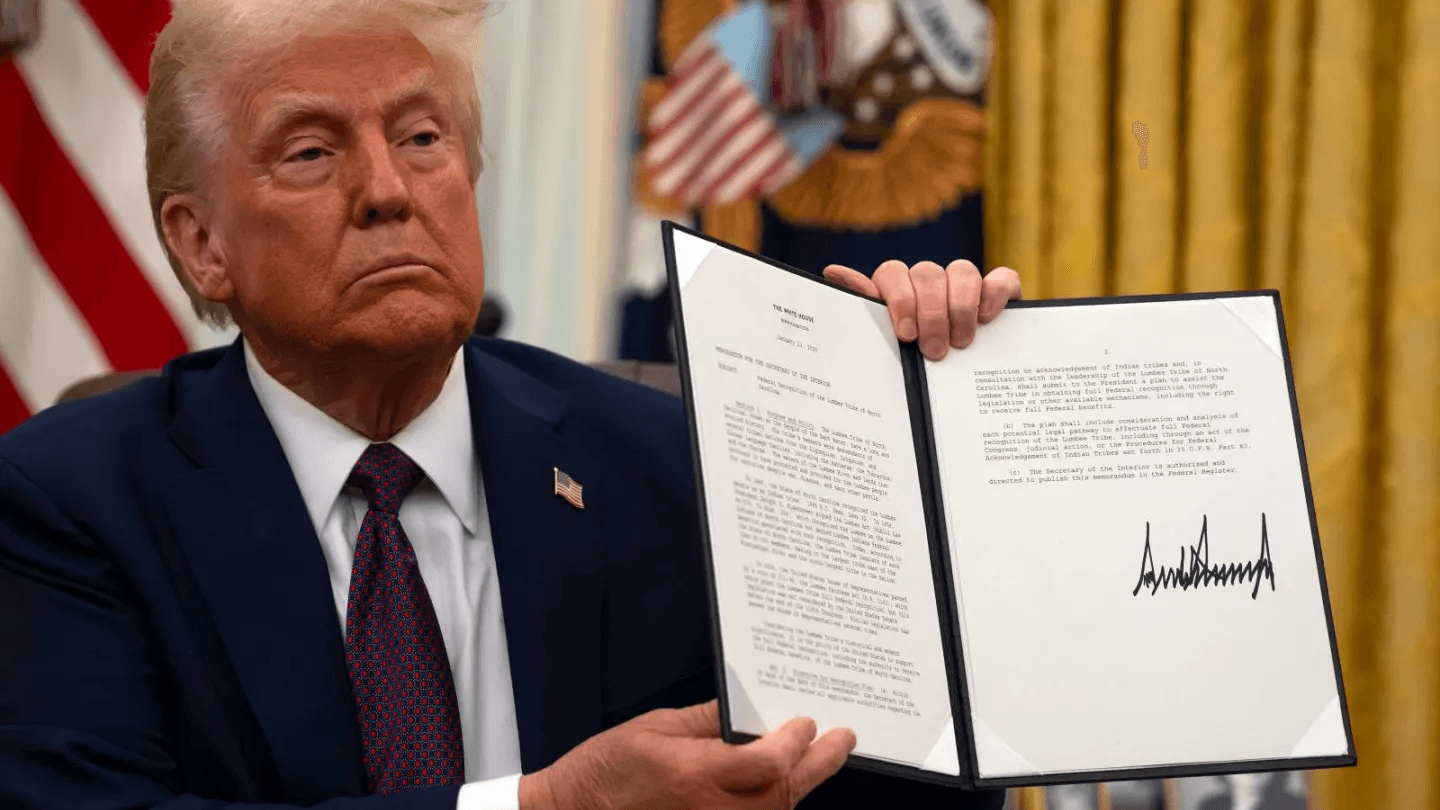
President Trump has signed three new executive orders on July 23rd. One aims to fast-track federal permits, speed up reviews, and accelerate the construction of major AI infrastructure projects. Another focuses on boosting U.S. exports of AI hardware and software. The third order prohibits the federal government from purchasing AI technologies that are Anti-Woke.
The order comes with a comprehensive AI Action Plan that outlines the country's new direction. This plan replaces the previous Biden administration's approach and sets new priorities for AI development across America.
Key Elements of the New Order:
- Leadership Focus: The main goal is making America the top AI leader worldwide
- Competition Strategy: Direct focus on staying ahead of China and other competing nations
- Government Contracts: New rules for which AI companies can work with federal agencies
- Infrastructure Push: Plans to build more data centers and improve technology systems
The order marks a clear change from past policies. Where the previous administration focused heavily on AI safety and preventing bias, Trump's approach puts competition and technological advancement first.
This new direction affects major AI companies like OpenAI, Google, and others who work with the government. The plan aims to speed up AI development while ensuring American technology stays ahead of international competitors.
The order signals that AI technology will be a central part of Trump's presidency and America's future strategy.
The "Anti-Woke AI" Rule: What Does It Mean?

One of the biggest changes in Trump's new AI order involves what topics AI systems can discuss. The government has created new rules about which AI companies it will work with based on how their systems handle certain subjects.
Under these new rules, the federal government will only purchase AI technology from companies that keep their systems away from specific topics or take a neutral stance on topics. This means AI companies must adjust how their systems respond to maintain government contracts.
What Topics Are Restricted:
- Diversity Programs: AI cannot promote or discuss diversity, equity, and inclusion initiatives
- Climate Change: Systems must avoid discussions about environmental policies and climate science
- Social Issues: Topics like systemic racism and gender identity are off-limits
- Political Viewpoints: AI responses must stay away from what the administration considers biased perspectives
The order requires AI systems to be completely "neutral" and "objective" in their responses. However, experts point out that true neutrality is very difficult to achieve since all information comes from somewhere.
Major AI companies including OpenAI, Google, and Anthropic now face a choice. They can either modify their AI models to meet these requirements or risk losing valuable government contracts worth millions of dollars.
Trump's AI Action Plan: The Big Picture
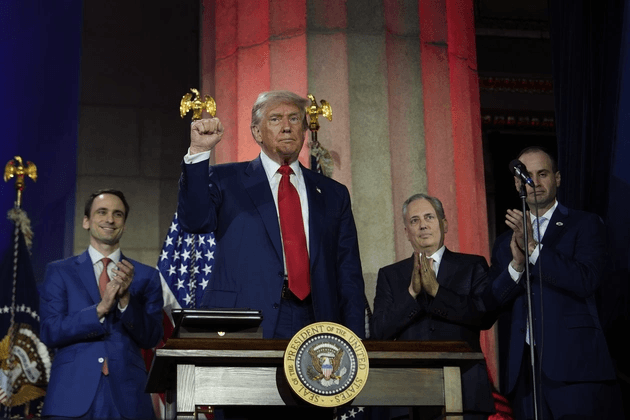
On Wednesday, the Trump administration released a comprehensive AI Action Plan that completely changes America's approach to artificial intelligence development. This detailed strategy document replaces the previous administration's policies and sets a new course for the nation's AI future.
The plan represents a major shift in priorities. Instead of focusing primarily on safety measures and preventing potential risks, the new approach puts rapid growth and technological advancement at the center of AI policy.
Key Elements of the Action Plan:
- Infrastructure Expansion: Build thousands of new data centers across the United States to power AI systems
- Regulatory Reduction: Remove government rules that currently slow down AI development and deployment
- Energy Grid Updates: Modernize America's electrical systems to handle the massive power needs of AI technology
- Federal Land Use: Allow AI companies to build data centers on government-owned land, including national parks
- Streamlined Permits: Make it faster and easier for companies to get approval for new AI projects
The plan prioritizes economic growth and global competition over previous safety concerns. This means on how they develop and deploy their technology.
The administration believes this approach will help America maintain its lead in AI technology while creating jobs and boosting the economy. The plan also includes measures to ensure American AI technology becomes the global standard, particularly in competition with Chinese AI systems.
How This Affects Big Tech Companies
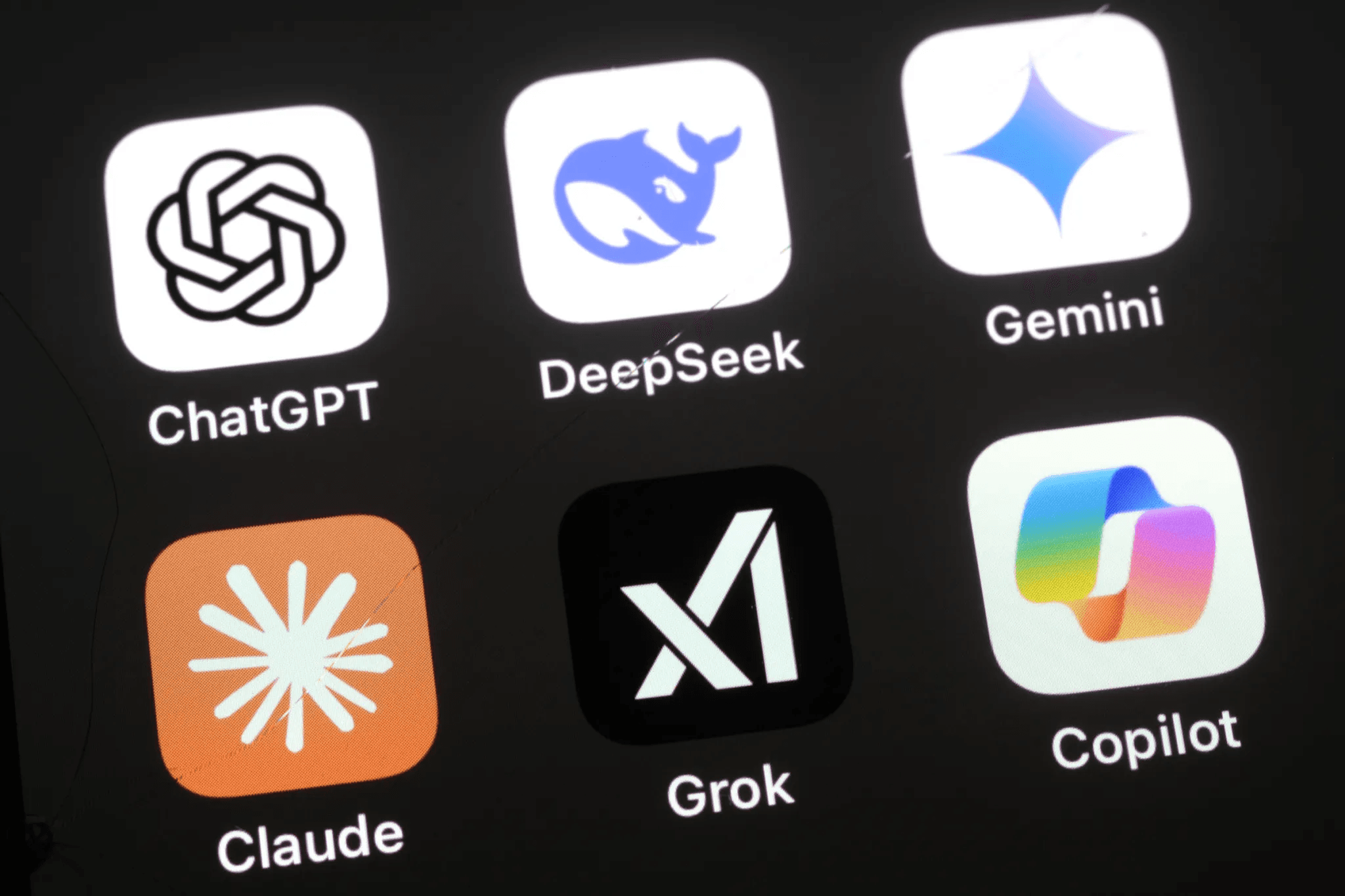
The new AI order creates major challenges for technology companies that work with the government. Several big AI companies currently have valuable contracts with federal agencies that could be at risk.
Four major companies like Google, Grok each have government contracts worth up to $200 million. These deals involve creating AI systems for national security and defense purposes.
Companies Impacted by the New Rules:
- OpenAI: Creator of ChatGPT must adjust its AI training methods
- Google: Needs to modify how its AI systems handle restricted topics
- Anthropic: May need to change its safety-focused approach to AI development
- xAI: Elon Musk's company might be least affected by this new order
These companies now face a difficult choice. They must decide whether to change how they train their AI systems to keep government contracts or maintain their current approaches and potentially lose federal funding.
Some companies may find the new rules easier to follow than others. Companies that already avoid discussing certain topics might have an advantage in securing future government deals.
Is this a fight with China?
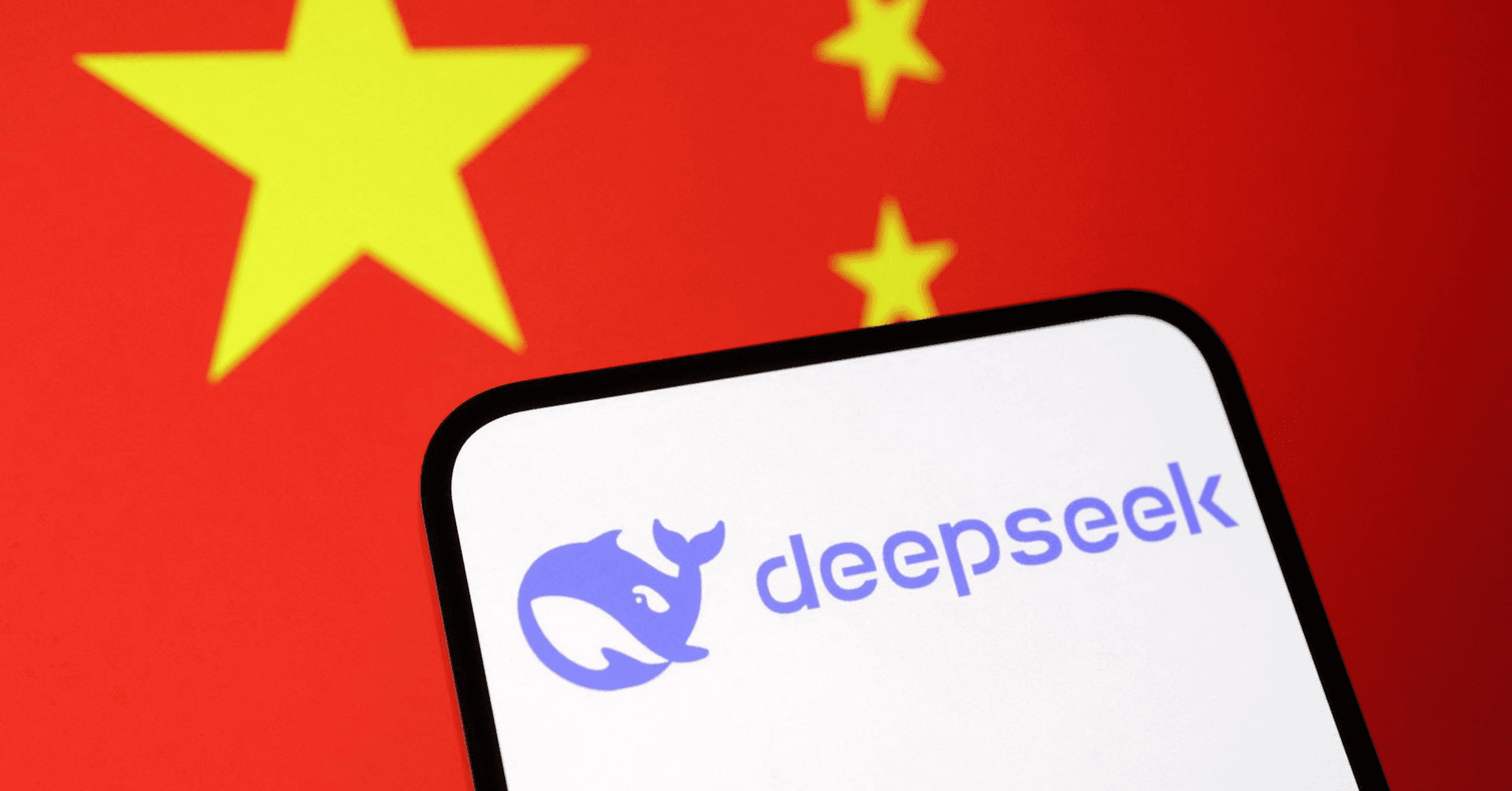
Trump's AI strategy creates an interesting situation involving both international competition and domestic politics. The plan clearly targets China while potentially benefiting Elon Musk's AI company in unexpected ways.
Chinese AI companies like DeepSeek have been creating technology that competes directly with American AI systems. This has concerned government officials who worry about losing America's technological advantage. The administration wants to prevent China from benefiting from American AI innovations and research.
The China Competition Strategy:
- Chip Export Controls: New rules will limit selling advanced AI computer chips to China
- Technology Protection: Prevent Chinese companies from copying American AI developments
- Global Market Focus: Push American AI technology as the worldwide standard
- Supply Chain Security: Keep Chinese-made parts out of American AI systems
However, Elon Musk's xAI company appears to benefit from the new rules. His AI system called Grok was designed to be "anti-woke" and avoid mainstream viewpoints. This approach aligns well with Trump's new requirements for government AI contracts.
Grok already has government contracts and can be purchased by federal agencies. The system was built to seek different perspectives and avoid what Musk considers biased information sources. While Grok has faced criticism for some of its responses, it fits the administration's definition of "neutral" AI.
This creates a situation where the fight against Chinese AI competition might also favor certain American companies over others based on their political alignment.
Impact on AI Research and Open Source Models
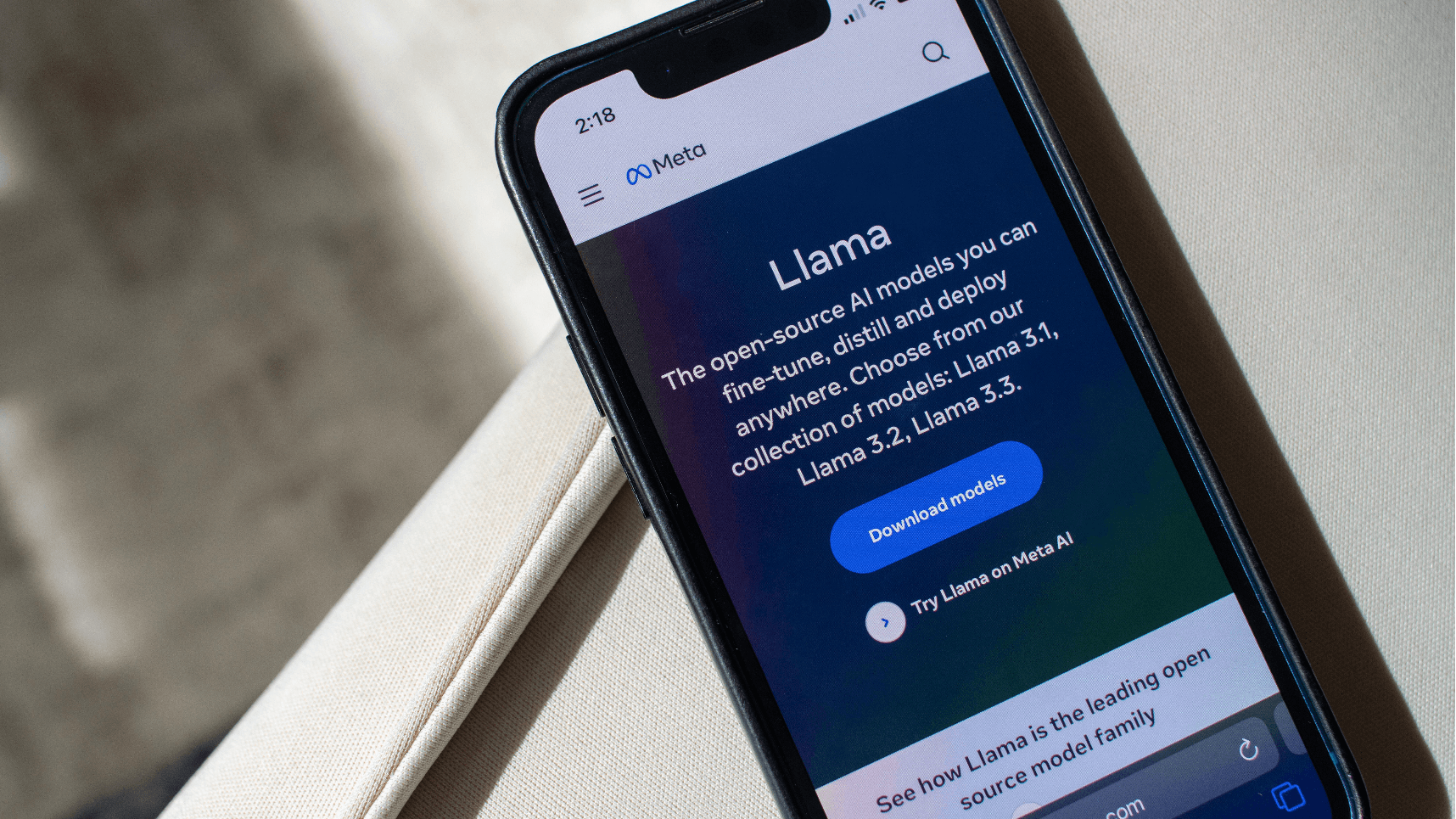
Trump's AI Action Plan places strong emphasis on supporting "open" AI models, which are AI systems that anyone can download and use for free. This approach aims to make American AI technology more widely available while competing with similar efforts from other countries.
Open AI models differ from closed systems like ChatGPT because researchers, students, and smaller companies can access and modify them without paying expensive fees. This democratizes AI technology and allows more people to contribute to AI development.
Key Support Measures for Open AI:
- Computing Access: Provide researchers with expensive, powerful computer systems needed for AI development
- Resource Sharing: Partner with major AI companies to give academic researchers access to private AI models and data
- Startup Support: Help smaller companies access the computing power typically only available to big tech firms
- American Values Integration: Ensure open AI models reflect American principles and viewpoints
This strategy directly responds to Chinese companies like DeepSeek and Alibaba, which have released their own open AI models. The administration worries that Chinese open source AI could spread globally and promote values that conflict with American interests.
Companies like Meta, which already releases open AI models, and organizations like Hugging Face could benefit significantly from this new focus. The plan aims to make American open source AI the global standard.
Timeline: When These Changes Take Effect
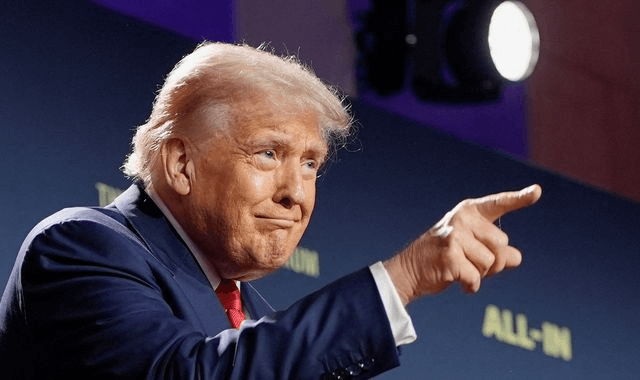
The new AI rules officially began on Wednesday, July 23, 2025, when President Trump signed the executive order. However, the full implementation will happen gradually over the coming months and years.
Government agencies now have a short window to turn these broad policy goals into specific, detailed rules that companies must follow. Different parts of the plan will roll out at different speeds depending on their complexity.
Implementation Timeline:
- Immediate Effect: Executive order becomes law right away
- Short Term (Weeks): Government agencies must draft specific guidelines for AI companies
- Medium Term (Months): Companies with federal contracts must adjust their AI systems
- Long Term (Years): Infrastructure projects like new data centers will take time to build
Some changes will happen quickly. Companies working with the government may need to modify their AI systems within weeks to keep their contracts. The "anti-woke AI" requirements could affect government purchases almost immediately.
Other aspects will take much longer. Building new data centers across America, updating the electrical grid, and changing regulations involves complex processes that require years to complete.
The pace of change will depend on how quickly government agencies can write clear rules and how fast companies can adapt their technology.
What Does "Neutral" Mean? Expert Opinions and Concerns
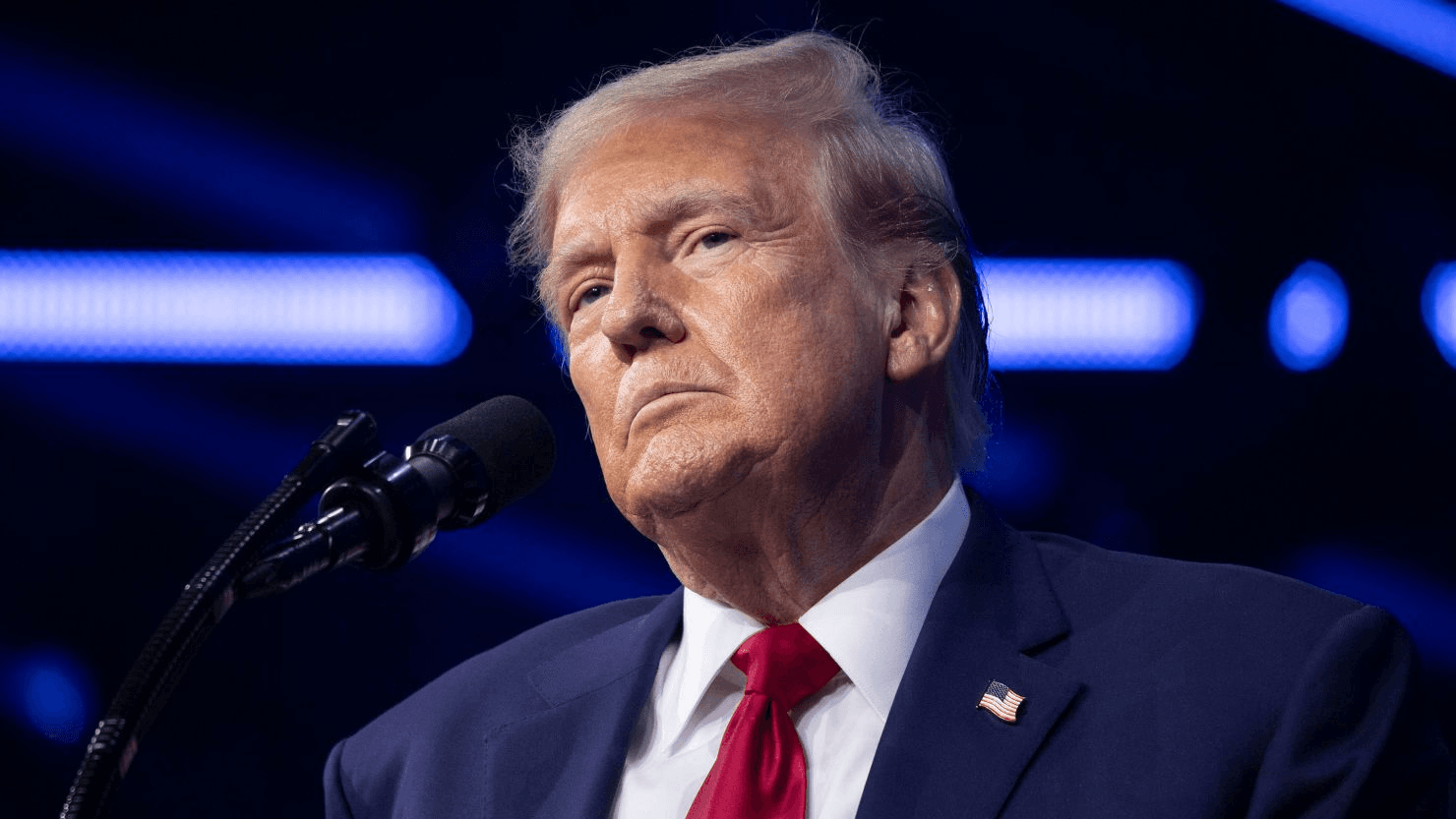
The Trump administration wants AI systems to be completely "neutral," but experts argue this goal may be impossible to achieve. The government defines neutral AI as systems that avoid political bias and stick to basic facts without promoting specific viewpoints.
However, many researchers believe true neutrality does not exist. Every piece of information comes from somewhere, and the people who create AI systems naturally influence how those systems work.
Major Concerns from Experts:
- Who Decides: Government officials will determine what counts as "neutral," which could favor certain political views
- Safety Risks: Removing bias protections might make AI systems less safe for users
- Free Speech: Some worry the rules limit what AI companies can create
- Proof Problems: Companies must somehow demonstrate their AI is completely unbiased
The tech industry has mixed reactions. Some companies support fewer restrictions, while others worry about losing important safety features. Companies now face the challenge of proving their AI systems meet government neutrality standards.
Critics point out that even the administration's preferred AI systems show clear biases. This raises questions about whether the rules truly seek neutrality or simply promote different viewpoints. The debate continues as companies work to understand and meet these new requirements.
Conclusion
Trump's new AI order represents a major turning point for artificial intelligence in America. The July 23, 2025 executive orders shift the country away from safety-focused policies toward rapid growth and global competition.
The "anti-woke AI" requirements will force major companies like OpenAI, Google, and Anthropic to choose between modifying their AI systems or losing valuable government contracts. Meanwhile, companies like xAI may benefit from their existing approach that aligns with the new rules.
The comprehensive AI Action Plan prioritizes building infrastructure, reducing regulations, and competing with China over previous safety concerns. The plan includes massive data center construction, streamlined permits, and stronger export controls on AI technology.
While the administration promises these changes will make America the global AI leader, experts worry about removing safety protections and the difficulty of achieving true neutrality in AI systems. The implementation will happen gradually, with some changes taking effect immediately while others require years to complete.

